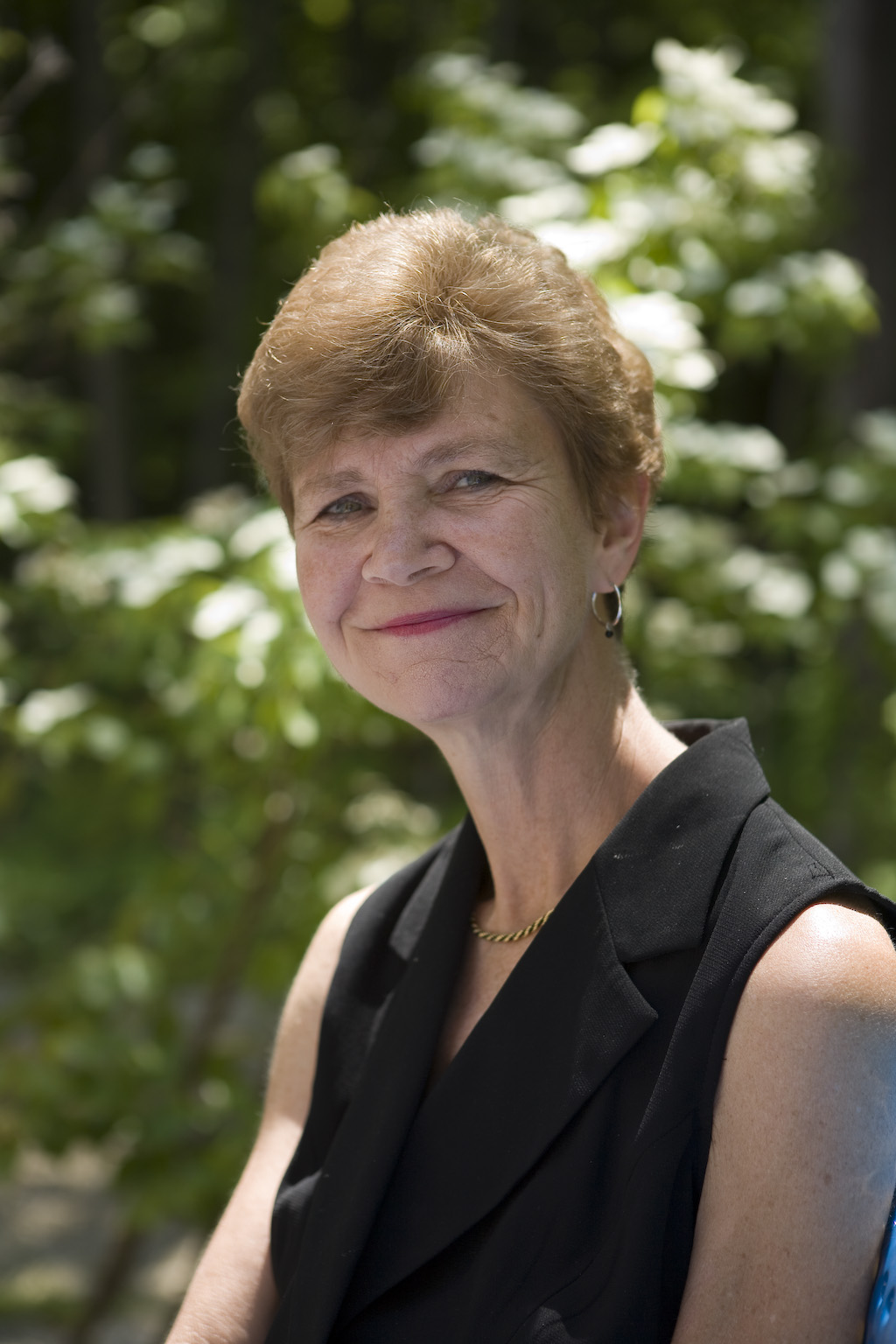Margaret Sartori, PhD, LP was intrigued by the flyer for a one-day seminar in August (presented by Gary Massey, PhD, LCSW-S, LPC-S, LMFT-S) about hallucinations, visions and intrusive images. In this first part of a two part series, Dr. Sartori shares some of what she learned and how it applies to her clinical practice.
Sleep disorders affect our clients and hence contribute to fatigue and forgetfulness, memory impairment, irritability, anxiety and mood/behavioral changes. These disorders include hypersomnia, night terrors, anxiety dreams, and sleep disordered breathing, to name a few.
There is not only Upper Airway Resistance Obstructive Sleep Apnea (affects 84% of the sleep apnea group) but Central Sleep Apnea wherein irregularities with the brain prevent proper signals to the muscles that control breathing during sleep. This is a rare occurrence, affecting 0.4% of patients.
Well, we know the recommended polysomnograms and lifestyle changes to bring to their attention. How then does the sleep cycle affect dreams, the royal road to the unconscious?
One is never at one stage of sleep; there is a mixture of brain waves and depending upon when we awaken, the dream images will be different. Anxiety dreams occur at Stage 2, while Stage 4 (Delta) presents night terrors, somnambulism and enuresis. There are millions of volts of energy taking place even in Stages 1 and 2, and we have higher cortical levels than in an awake state. However, the dreamer in REM sleep experiences emotional memory, metaphor and symbolism; in therapy, the focus should be on the patient’s connections rather than our interpretation.
Here are some fun facts: (1) One drinks oneself into REM deprivation, (2) Excessive use of electronics blurs reality (3) The ideal is to achieve 5 sleep cycles, which are 90-110 minutes each stage, equaling 7 and a half hours, (4) The “Rollover Technique” suggests that we get in the same position we were in upon awakening, in order to get back to sleep, (5) Somnambulism: When encountering a sleepwalker, know that he is moving according to the dream, NOT the current environment. (6) Whereas the DSM-V lists 4 types of sleep disorders, the ICD-9 lists 80 to 90 variations. This is pretty exhausting! But wait, there’s more!
Our patients report trauma-based, repetitive nightmares. Therapists have knowledge of the meaning of images and dream content; we may refer to Eriksonian, Adlerian and Jungian dream work. But how can we help the patient? Malaysia has the lowest violence rate of any country; people share their dreams with everyone before proceeding with the day. Senoi dreamwork has helpful suggestions for recurring nightmares; first, help the patient confront and conquer the dream danger.
I utilized this with a current patient who has terrifying dreams of being chased, shot and imprisoned.
- Don’t run from the danger; turn and face what is frightening you.
- If there is a Dream Creature, confront it and stare into its eyes. Overfeed it and make it helpless.
- Force it to perform some activity that exhausts it (i.e. climb a mountain).
- Make friends by petting it.
- Most important, talk to it; ask what it wants.
- Remember that a dream enemy is an emery only if you are afraid of it. Once a dream enemy has been confronted and conquered, it must give you a gift.
- If you have been unfriendly in a dream towards someone you know, then you should try to understand why you felt unfriendly in the dream.
- Suggest to patients that they can “rehearse” by telling themselves that they can stop-action, fast-forward and slow-motion dreams. If there is a recurring dream of falling, they can opt to fly.
- Particularly useful with children: therapists can assist in creating an imaginary safety kit/dream journey backpack where the child can fill the “backpack” with tools such as a flash light and food to overfeed the monsters.
- If the patient experiences “paralysis” dreams, create dream cues for triggering awareness in the dream state to change the circumstances and level of interaction. For example, direct their focus to fingers, hands and arms to initiate action when paralyzed; direct focus to legs and feet when off balance to regain footing. Use a parachute from the safety kit; instead of falling, notice a sense of weightlessness. Direct focus to the heart and lungs when the voice or thoughts become frozen.
Here is a closing case for your consideration: A 15-year-old adolescent reports being chased by a peer with a knife and gun, injuring or killing everyone in sight only to be trapped in a library with only one way in or out. He/she immediately seeks shelter, cowering in a far corner and hiding under a small table with the sensation of being paralyzed and unable to speak or scream for help.
 Dr. Sartori is a 15-year faculty member at MSP, and in her 30th year of clinical practice doing psychological assessments, psychotherapy, and trauma work with individuals age 6 to 90. She is always seeking knowledge regarding the value of the unconscious and the mind’s ability to heal itself despite unspeakable traumatic life events.
Dr. Sartori is a 15-year faculty member at MSP, and in her 30th year of clinical practice doing psychological assessments, psychotherapy, and trauma work with individuals age 6 to 90. She is always seeking knowledge regarding the value of the unconscious and the mind’s ability to heal itself despite unspeakable traumatic life events.